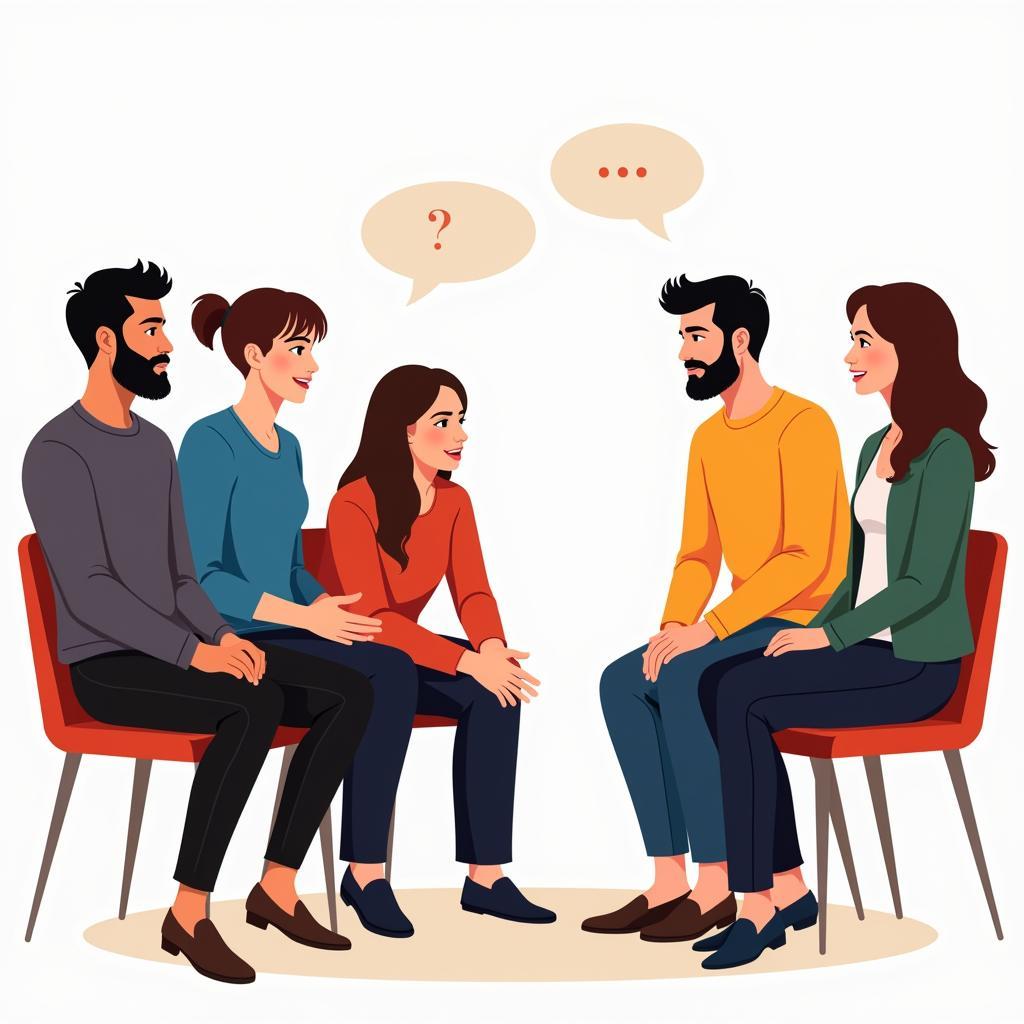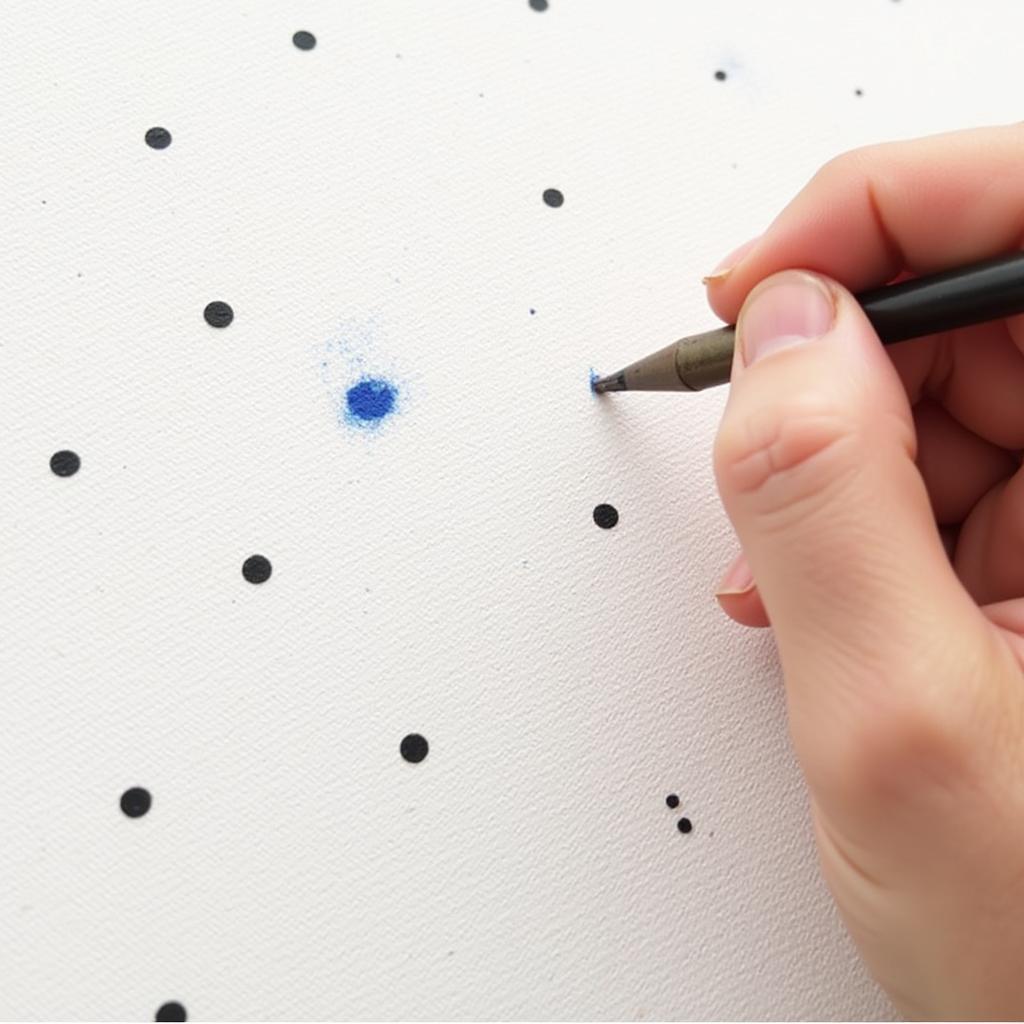The Art of Arguing: Mastering Persuasion and Civil Discourse
In today’s polarized world, The Art Of Arguing seems lost. We’re quick to resort to personal attacks, emotional outbursts, and stubborn stances, leaving constructive dialogue in the dust. But arguing doesn’t have to be a battlefield. It can be an engaging exchange, a meeting of minds where perspectives are shared, challenged, and ultimately, refined.
 People engaged in a lively discussion
People engaged in a lively discussion
Reframing the Argument: It’s Not About Winning
One of the biggest hurdles in mastering the art of arguing is letting go of the need to “win.” When we approach a disagreement with the sole purpose of proving ourselves right, we close ourselves off to opposing viewpoints. Genuine argumentation is about exploring an issue from multiple angles, acknowledging the validity of different perspectives, and perhaps, arriving at a shared understanding.
“The goal of argumentation should never be victory over an opponent,” says Dr. Jane Miller, Professor of Communication Studies at Stanford University. “It’s about arriving at a more nuanced and informed understanding of the topic at hand, even if that means revising your initial position.”
The Building Blocks of Effective Argumentation: Logic, Evidence, and Empathy
So, how do we transform an argument from a shouting match to a stimulating exchange? It starts with employing three key elements: logic, evidence, and empathy.
- Logic: Constructing a sound argument requires a logical framework. This involves clearly stating your premise, supporting it with relevant evidence, and drawing logical conclusions.
- Evidence: Opinions, however strongly held, don’t hold the same weight as evidence. Back up your claims with credible sources, data, and research.
- Empathy: Perhaps the most overlooked element in an argument is empathy. Putting yourself in the other person’s shoes, actively listening to their perspective, and acknowledging their emotions can significantly de-escalate tension and foster a more productive conversation.
 Visual representation of logic, evidence, and empathy in argumentation
Visual representation of logic, evidence, and empathy in argumentation
Navigating Disagreements: Tips for Civil Discourse
Even with the best intentions, disagreements can become heated. Here are some strategies to navigate those choppy waters:
- Active Listening: Pay attention not just to the words being spoken, but also to the emotions behind them.
- Respectful Language: Avoid personal attacks, derogatory terms, and dismissive language.
- Focus on the Issue: Don’t let the conversation derail into unrelated grievances or personal attacks.
- Know When to Disengage: If the conversation becomes unproductive or disrespectful, it’s okay to politely disengage.
Remember, mastering the art of arguing is a journey, not a destination. It requires practice, patience, and a willingness to engage with different perspectives. By embracing the principles of respectful dialogue, we can transform arguments from battlegrounds into opportunities for growth, understanding, and positive change.
FAQs
1. What if the other person is being completely unreasonable?
It’s important to remember that not everyone is open to civil discourse. If you find yourself in a conversation where the other person is unwilling to engage respectfully, it might be best to disengage politely.
2. How can I be sure my arguments are logical and well-supported?
Consider seeking feedback from trusted friends or colleagues. They can offer valuable insights and help identify any weaknesses in your reasoning.
Need Help with the Art of Arguing?
Contact us! We’re here to help you master the art of persuasive communication.
Phone: 02462573573
Email: danteum@gmail.com
Address: Savico Megamall, 7-9 Đ. Nguyễn Văn Linh, Gia Thụy, Long Biên, Hà Nội 10000, Việt Nam.
We have a 24/7 customer support team ready to assist you.




